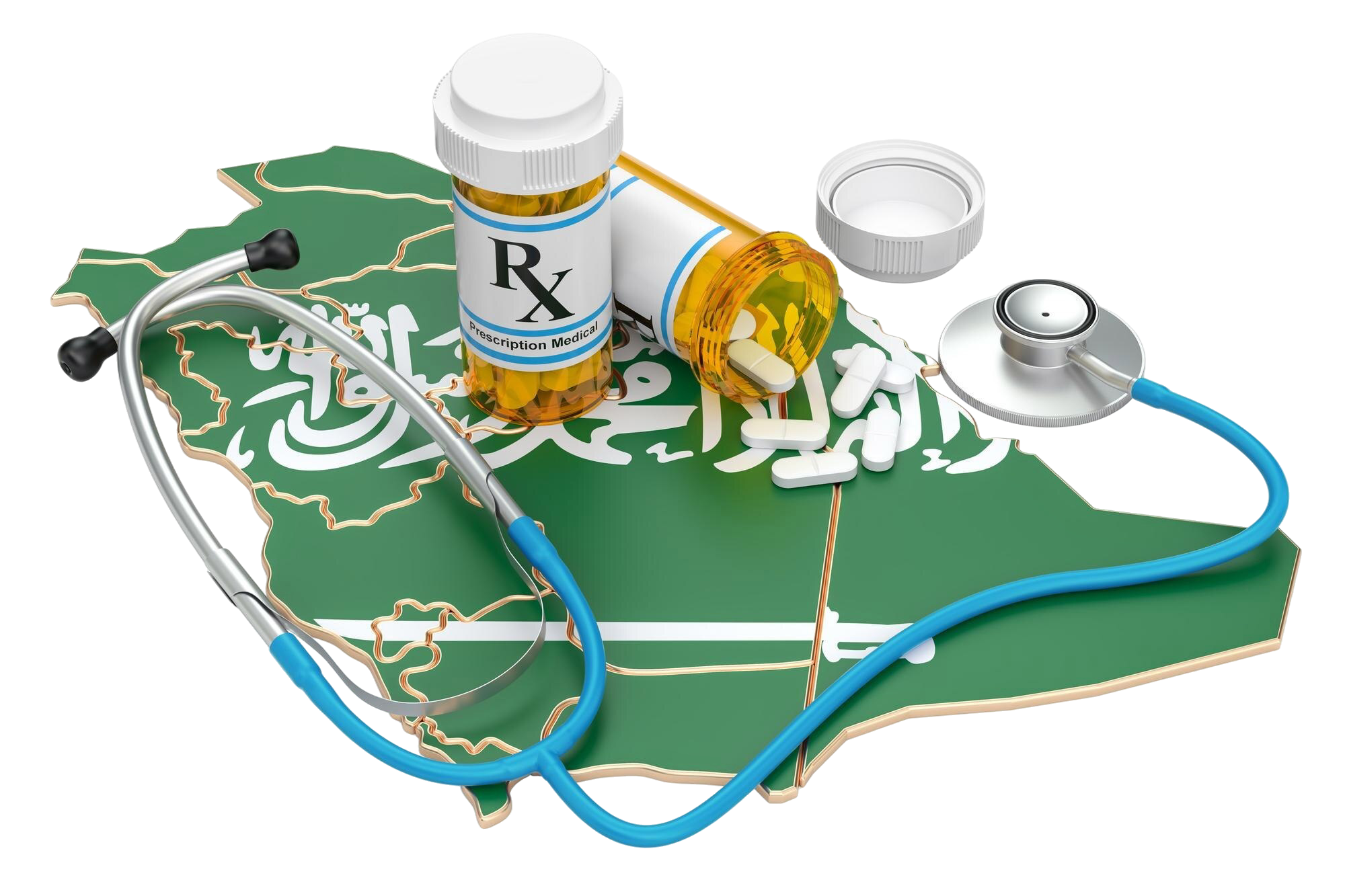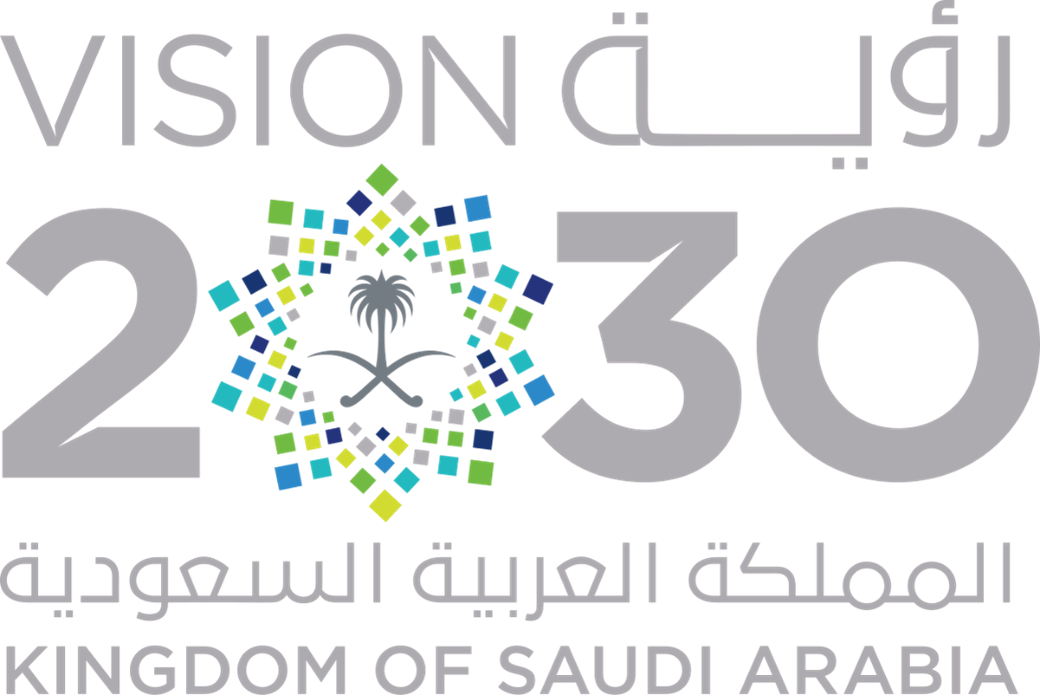
Vision 2030 and Pharma Localization in Saudi Arabia
Vision 2030 is Saudi Arabia’s national framework for economic diversification, social development, and long-term sustainability. When Crown Prince Mohammed bin Salman announced the plan, it was clear that the Kingdom was preparing for a post-oil future. What perhaps was less obvious but very important was how healthcare, and specifically the pharmaceutical production, fits into this strategy.

For years, Saudi Arabia has been dependent on imported medications. More than 70% of the country's medicine needs are filled by imports. But global challenges like the COVID pandemic and supply chain disruptions, exposed the risks of this dependency and shifted the focus towards building a strong, self-sufficient pharmaceutical industry within the country itself.
This shift is not just to strengthen the economy, but to build a secure and responsive healthcare system where life-saving treatments are available when they are most needed.
The Current State of Saudi Arabia Pharmaceutical Sector
Despite having one of the largest healthcare markets in MENA, Saudi Arabia’s pharmaceutical manufacturing base is still under development. While there are over 50 licensed pharmaceutical manufacturing facilities in the country, most of them are focused on producing generics and basic formulations, with limited capacity for advanced therapies and specialized drugs.
According to an estimate, local manufactured medicines make up less than 30% of Saudi Arabia's total pharmaceutical market. Although the pharmaceutical sector is valued at over 44 billion SAR, much of this spending continues to flow overseas. This imbalance has made pharmaceutical localization a national priority under Vision 2030.
Why is Pharma Localization Important?
The COVID-19 pandemic was a wake-up call for Saudi Arabia as disruptions in global logistics, export restrictions from manufacturing countries, and a sudden surge in demand led to shortage and delays in the supply of life-saving medicines.
If the country had been producing more of its own medicines at that time, it would have created a buffer and during such major global instability, patients in Saudi Arabia could continue to receive the treatments they need without any disruption.
Along with a self-resilient healthcare system in place, pharma localization is also about making healthcare more affordable over time. Medicines produced within the country are often more economical than imported ones, especially when considering shipping fees, customs charges, and changing currency rates.
Government Initiatives Supporting Pharma Localization under Vision 2030
Saudi Arabia’s efforts for pharmaceutical self-sufficiency are not happening in isolation. It is supported by a strong policy framework and several national programs designed to support industrial development. Among the most influential is the National Industrial Development and Logistics Program, which is one of the key pillars of Vision 2030. It aims to rebuild the country into a global industrial powerhouse by developing important sectors of manufacturing, transport, energy, and mining.
The pharmaceutical industry has been identified as a top priority for investment under this plan. To encourage companies to produce medicines locally, the government is providing a range of incentives and support. These include tax exemptions, faster license approval, and ready-to-use industrial zones with built-in infrastructure. In addition to all these, the Saudi Industrial Development Fund provides financial support to both Saudi and foreign companies that are willing to produce medicines inside the country.
The Saudi Food and Drug Authority (SFDA) has also made some contributions in promoting pharma localization. It has made the drug registration process easier and more transparent, so companies can bring new medicines to the market faster while still maintaining safety and quality standards.
To further strengthen this effort, SFDA permits licensed consultancies like PharmaKnowl to guide manufacturers through regulatory compliance, drug registration, and technical documentation. These approved consultancies act as vital intermediaries and provide expert guidance on dossier preparation, regulatory submissions, and compliance with local requirements for drug registration within the country.
Workforce development is also equally important to pharmaceutical localization. The Human Capability Development Program under Vision 2030 focuses on training Saudi citizens in specialized fields of pharmaceutical sciences, biotechnology, and quality assurance.
Universities and research centers across the country are strengthening partnerships to offer targeted programs, bridging the skills gap and preparing young Saudis for careers in the pharmaceutical sector.
Challenges In Localizing Pharmaceuticals in Saudi Arabia
While the vision is clear and the commitment is strong, the path to pharmaceutical localization is still not without challenges. Building a strong and self-resilient pharmaceutical system requires more than infrastructure. It also demands expertise, long-term investment, and strong collaboration between government, industry, and academia.
One of the roadblocks is the shortage of specialized talent. Although there has been significant progress in training Saudi professionals in pharmaceutical sciences, there is still a gap when it comes to advanced research, biopharmaceutical development, and regulatory science. Addressing this skills gap will require continued investment in education, on-the-job training, and knowledge exchange programs.
Another major challenge is the high cost of setting up and operating pharmaceutical manufacturing facilities. Unlike other forms of manufacturing industries, pharmaceuticals are highly regulated and capital-intensive industries. Equipment, clean rooms, compliance testing, and waste management systems all come with considerable costs. For smaller players, these barriers can be difficult to overcome without strategic support.
Quality and international compliance are equally important. To compete regionally and globally, Saudi pharmaceuticals must meet the standards of global regulatory bodies like EMA and FDA. This includes adhering to good manufacturing practices (GMP), maintaining product traceability, and building a reputation for reliability. The SFDA has made progress in aligning local regulations for product registration with global benchmarks, but consistent implementation across all manufacturers remains a work in progress.
What Lies Ahead for Vision 2030
Fulfilling the ambitions of Vision 2030 is a complex journey. It requires investment, education, regulation, and cooperation at every level. But the signs are promising as government policy is aligned, private sector interest is growing, and foundational projects are already underway.
The focus is now on execution so that the momentum is not lost and progress is expanded in a way that is both sustainable and inclusive for the coming years.








